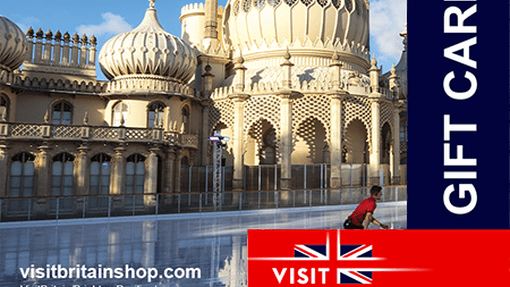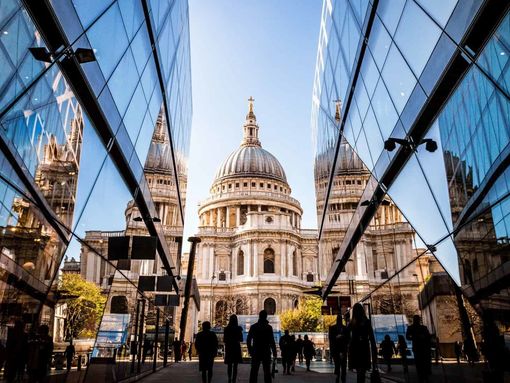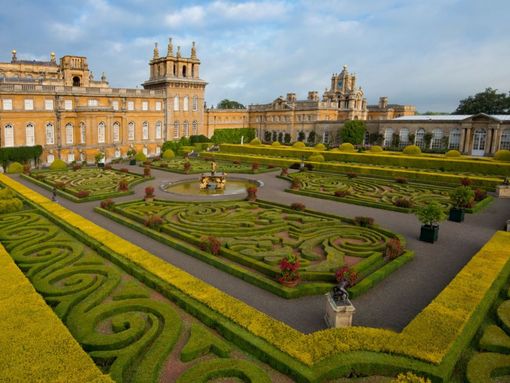
Everything you need for your trip to Britain...
Offerings
The best of Britain
Discover over 500 top attractions, experiences and activities across more than 300 destinations in Britain.
Book with confidence
Book your tickets in total safety from a trusted brand on the official shop of the British Tourist Board.
Expert travel advice
Our dedicated and knowledgeable team will ensure all your needs are taken care of.
VisitBritain Gift Card
Unlock the best of Britain. The VisitBritain Gift Card gives you access to 300+ fantastic UK experiences, activities, top attractions and tour tickets.
Special offers
Limited availability - Visit the stunning State Rooms at Buckingham Palace - the official London...
Travel like a local across London with this smart and ready-to-use travel card
Special offer - Save up to 50% and enjoy access to over 90 attractions with this sightseeing credits...
Special offer - Visit five of London's top attractions with this fantastic family-friendly...
Our top Royal Britain experiences
Discover the best of Royal and historic England on this bus tour including three Unesco World...
Limited availability - Visit the stunning State Rooms at Buckingham Palace - the official London...
Witness this traditional ceremony from a fantastic spot and visit some iconic spots of Central...
Join this fantastic afternoon tour with an expert guide and go on a historical journey through...
Bestselling experiences in the UK
Discover the best of Royal and historic England on this bus tour including three Unesco World...
Experience the best of London at your own pace as you jump on a sightseeing bus with over 40 stops...
See 'Downton Abbey' film locations, visit two Cotswolds villages and explore the birthplace of Sir...
Enjoy breathtaking 360-degree views from the Brighton i360 giant glass pod
















